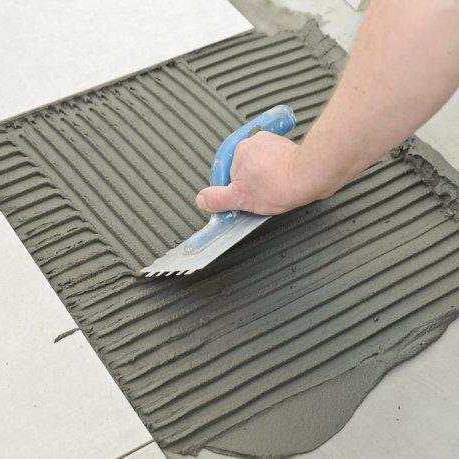
Nov . 12, 2025 23:00 Back to list
Understanding Tile Adhesive HPMC: Practical Insights for Professionals
What Makes Tile Adhesive HPMC an Industry Favorite?
After spending more than a decade among bricks, mortar, and those endless tile layouts, I can confidently say that tile adhesive HPMC (Hydroxypropyl Methylcellulose) isn’t just some fancy acronym tossed around in specs sheets. It’s a game changer for anyone who’s dealt with tile setting under less-than-ideal conditions.
If you haven’t come across HPMC before, here’s the skinny: it’s a polymer additive widely used to improve the workability, adhesion, and water retention of tile adhesives and renders. Folks in construction swear by it because it makes the thinset mortar less prone to cracking and helps tiles cling longer to tricky surfaces.
Why Hydroxypropyl Methylcellulose Really Matters in Tile Adhesives
Some might argue that polymer modifiers are a dime a dozen, but HPMC hits a sweet spot of performance and affordability. Honestly, it’s hard to imagine modern tile installations without it – especially when you’re dealing with uneven walls, large-format tiles, or rapid drying conditions.
One of the things I’ve noticed on job sites is how HPMC-enhanced adhesives maintain moisture longer, which basically grants more open time for tilers. This was a lifesaver during a project in the humid tropics where standard adhesives would dry out too fast, causing premature bonding failure. The presence of HPMC gave the adhesive a kind of “stay juicy” quality that prevented all that cracking drama.
Breaking Down Tile Adhesive HPMC Specifications
Of course, not all HPMC powders are created equal. The viscosity grade, substitution degree, and particle size vary, impacting the final adhesive formula’s texture, setting time, and bonding strength. Here’s a rough specification table I’ve compiled, based on typical industrial-grade HPMC used in tile adhesives:
| Specification | Typical Value | Notes |
|---|---|---|
| Appearance | White to Off-white Powder | Free flowing, easy mixing |
| Viscosity (2% solution, 20°C) | 4000–6000 cps | Controls workability |
| Methoxy Content | 19.5–24.5% | Performance factor |
| Moisture Content | ≤5.0% | Shelf stability |
| pH (2% solution) | 6.0–8.0 | Neutral to slightly alkaline |
A Quick Comparison of Leading HPMC Vendors
There’s no shortage of manufacturers touting their HPMC as the holy grail, but from my experience and some helpful chats with fellow specifiers, here’s how the top players stack up in real-world applications:
| Vendor | Viscosity Range (cps) | Price (per kg, approx.) | Typical Application Strength | Notes |
|---|---|---|---|---|
| CNJZ Chemical | 4000–6000 | $3.50 | High - preferred for fine tile bonding | Consistent quality, well-reviewed |
| Vendor B | 3000–5000 | $3.00 | Medium | Budget option, varying batch results |
| Vendor C | 5000–7000 | $4.00 | High | Premium grade, fast availability |
Final Thoughts on Choosing Your Tile Adhesive HPMC
Frankly, when you step onto a busy site with tight deadlines and unpredictable weather, the choice of your tile adhesive additive isn’t just an asset—it can make or break the whole project’s success. I’ve learned the hard way that cutting corners on quality can lead to headaches down the line.
From my window, tile adhesive HPMC remains a steadfast choice, offering a balance of reliability and performance. Whether you’re dealing with residential bathroom tiles or sprawling commercial floors, it’s worth knowing your HPMC source and specs well.
And let’s be honest: sometimes, the little changes like adding the right polymer can feel like magic to those of us who've seen countless grout failures and bond slips.
References and musings:
- Technical data sheets and supplier brochures from various HPMC producers
- Personal notes from over 10 years working on diverse tile projects
- Industry forums and user feedback on polymer-modified tile adhesives
-
Cellulose Ether | High Purity, Fast Hydration, Stable Flow
NewsNov.17,2025
-
Cellosize HEC Thickener – High Purity, Fast-Dissolving
NewsNov.17,2025
-
Cellulose Ether: High-Purity Liquid Thickener, HEC Cellulose
NewsNov.17,2025
-
VAE Powder (RDP): High Adhesion & Flexibility for Mortars
NewsNov.17,2025
-
Cellulose Ether: High Purity, Fast-Dissolving, Stable Flow
NewsNov.17,2025
-
Cellosize HEC Thickener – High Purity, Fast-Dissolving
NewsNov.11,2025







